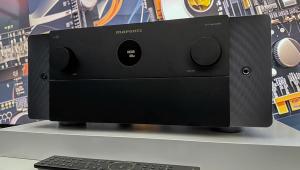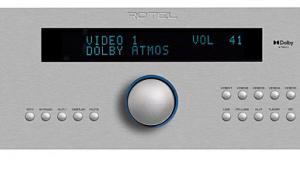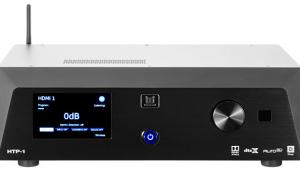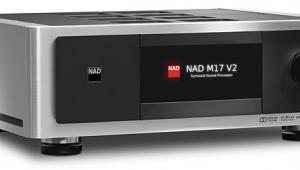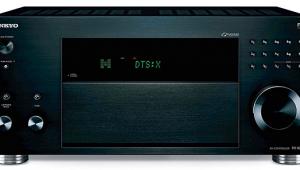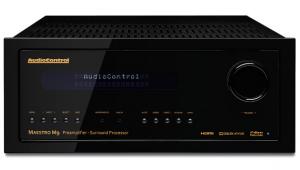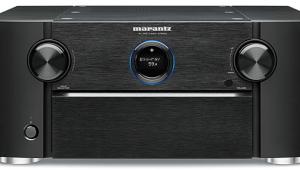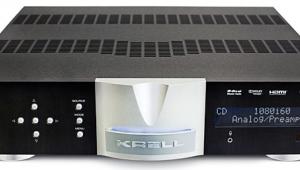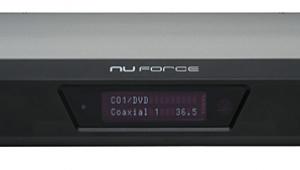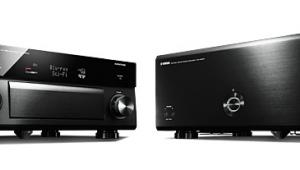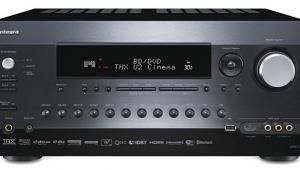I appreciate your suggestion to use your old AVR if you can. I have a Sony STR-DA3100ES, which really does amplify well for my Paradigm Reference Studio 60s & cc-690 v.5. I use a Philips Pronto remote I can customize to make this work well as a system. I would really enjoy having the simplification of the MM7055 however, and I'm sure it's a better amp.
Even though I have a Mac Mini hooked up to the unit, I find the AirPlay to be really quite nice. Just last night I was looking through something on my iPad and there was a little video I wanted to see. I simply changed the output to the AV7005 with a quick tap and the AV7005 turned on and I could listen to the video on the system. Unfortunately the AirPlay on the AV7005 doesn't (at least yet) support video, so one has to watch locally, but since it's already in the hand, it's really not a big deal.
 For instance, EMI issued the entire remastered stereo Beatles catalog on a USB dongle that you pull by its stem out of a small green metal apple. Stick the dongle into the AV7005’s front-panel USB port, and you can use the cursor to instantly select any of the albums and tunes. You can be sure these 24-bit/44.1-kilohertz files sound better than anything you can currently download from iTunes. In fact, these files sound considerably better than the CDs. Bit depth rules.
For instance, EMI issued the entire remastered stereo Beatles catalog on a USB dongle that you pull by its stem out of a small green metal apple. Stick the dongle into the AV7005’s front-panel USB port, and you can use the cursor to instantly select any of the albums and tunes. You can be sure these 24-bit/44.1-kilohertz files sound better than anything you can currently download from iTunes. In fact, these files sound considerably better than the CDs. Bit depth rules.


